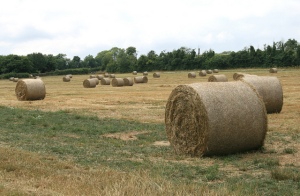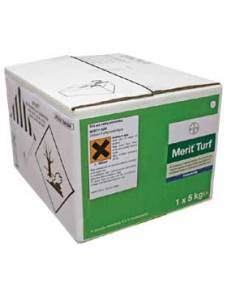Two days ago I spotted the first bumblebee (first bee in fact) I have seen this year, out foraging or perhaps looking for a nesting site, next to Alexandra Palace. After the honey bee, it is safe to presume that the humble bumblebee is best known to most of us. In light of these two observations, here is a little information surrounding bumblebees, of the genus Bombus.
The majority of the UK’s 25 species of bumblebee are declining; in all likelihood this is due to three factors: loss of habitat, disease, and pesticides. In the UK 97% of hayfields and chalk downlands have been lot over the past
60 years which has been disastrous for many Bombus species. Clover, for example, a previously common leguminose farm crop and ideal for many bumblebee species is no longer grown due to cheap pesticides; this is just one of many species that no longer contributes to improving the soil of hay silage meadows for fodder. The loss of this sort of grassland habitat has probably been the biggest problem facing bumblebees.
Since 1988 commercially reared bumblebees have been shipped around the globe, these days many are shipped from eastern Europe to the UK to help pollinate tomato crops which must be ‘buzz pollinated’ by bumblebees. These types of bees are currently shipped to 60 countries worldwide but there are no quality control measures and no checks or screenings for diseases. Furthermore, there is a constant threat of these non-native species escaping. Most nest boxes that are shipped have at least 1 disease, some have as many as 4 or 5.
In 1992 neonicitinoids were introduced as a pesticide for farming crops. In 2010 in the UK 1.3 million hectares of crops were treated with them. They are the most widely used pesticide in the world. They are used as a seed dressing, especially on oil seed rape, wheat, barley, and potatoes. The chemical diffuses into the plant tissue and is incredibly toxic to herbivores generally. The powder of the seed coating can blow off the seed and into other fields. One study found traces of the pesticide at 1-9 parts per billion on non-target plants near to a field where neonicitinoids had been used.
One astonishing example of the widespread and laissez-faire attitude we have to these profoundly toxic chemicals is found in Bayer’s product ‘Merit-turf’. This product is purely cosmetic, aimed to make lawns look nice, and anyone can buy it. It contains 25g of Imidacloprid (one type of neonicitinoid) which is enough to kill 33% of ALL honeybees in the UK (see safety instructions for it here: http://www.aitkens.co.uk/media/111426/merit_turf.pdf).
Some studies have suggested that these pesticides drastically affect queen production with an 85% drop in queens when exposed to neonicitinoids. This is a startling figure when you consider all of the oil seed rape that is grown in the south of the UK. It is also suggested that bees struggle to navigate home when far from the hive after being exposed to these chemicals.
It is these three major factors that contribute to bumblebee declines. Habitat loss, disease, and pesticide use. Current observations in this field may be suggestive of how other insects are being affected by our practices. The importance of invertebrate pollinators to us and the wider ecosystem cannot be understated, awareness raising and resistance to these agricultural methods must be enacted.
References:
-Goulson, D. (8th November 2012). Ecology and Conservation of Bumblebees, Seminar, DICE Autumn Term Seminars 2012, University of Kent.
-Strawbridge, B. (23rd June 2012). An overview of the world of bees and the reasons for their decline, Seminar, Sunrise Festival 2012.
– Colla, S., Otterstatter, M., Gegear, R., Thomson, J. (2006). Plight of the bumble bee: Pathogen spillover from commercial to wild populations, Biological Conservation, 129, 461-467. [Available online: http://savethebumblebees.com/sitebuildercontent/sitebuilderfiles/collaetal.pdf%5D. Accessed 18th April 2013
– Cresswell, J. (2010). A meta-analysis of experiments testing the effects of a neonicotinoid insecticide (imidacloprid) on honey bees, Ecotoxicology. [Available online: http://www.farmlandbirds.net/sites/default/files/Creswell%20Bee%20Article%20%282%29.pdf%5D Accessed 18th April 2013.
Images:
– http://www.aitkens.co.uk/products/insecticide-and-worm-control/bayer-merit-turf-%28mapp-12415%29.aspx [Accessed 18th April 2013]
– http://www.flickr.com/photos/l2f1/4892462772/ [Accessed 18th April 2013]
– http://www.thesolent.co.uk/1/help-save-dorsets-wildlife/ [Accessed 18th April 2013]









Leave a comment